Breast cancer lumps hard mass or thickening in the breast or underarm that feels different from the surrounding tissue. While many breast lumps are benign, such as cysts or fibroadenomas, it’s crucial for any new or unusual lump to be evaluated by a healthcare professional.
Breast cancer lumps are often the first warning sign patients see in breast cancer. However, the symptoms and signs of breast cancer can be different in each patient. For a lump to develop in breast cancer, the disease spreads to the lymph nodes beneath the collar bone and causes swelling or a lump.
Early detection of breast cancer is crucial because it improves the survival rate of patients and there are more treatment options available to patients for breast cancer in early stages. Studies show that self-exams do not increase the changes of detecting cancer, but doctors recommend that everyone is familiar with their breasts so they can report any changes in appearance or how they feel. To perform a self-exam, you want to look for changes in the overall symmetry, shape, or size of the breasts. You should inspect them while you are shirtless in front of a mirror and:
- Have your arms down by your side,
- Put your hands pressed on the hips,
- Raise your arms overhead with your hands together,
- Lift the breasts to see if the ridges on the bottom are still symmetrical.
How to Know if a Lump is Breast Cancer?
Most lumps in the breast are from noncancerous causes and some of them even go away on their own. Because there are various causes of lumps occurring in the breast, it is important to consult your doctor as soon as you notice any changes.
Lumps in the breast can occur from other causes than cancer. These lumps can result from:
Breast cyst: Often round, hard, and smooth, this dilated milk duct is filled with fluid. These can be visible before your menstrual cycle begins and will disappear or get smaller afterwards. Breast cysts can vary in size and the tissue nearby may feel tender the larger it gets.
Fibroadenomas: These noncancerous tumors grow over time and feel smooth. Fibroadenomas are solid but move easily under the skin. These tumors are associated with hormone therapy, menstruation, or being pregnant.
Infection or injury to the breast: When infected fluid called abscess builds up, it can cause a breast lump that is usually painful and inflames the surrounding skin. These lumps can also occur when the tissue or nerves in the breast are damaged. When this occurs, it is called fat necrosis.
Fibrocystic breast changes: The breasts feel full, tender, and there can be lumps or areas that feel ridgelike. These changes are related to the menstrual cycles and often clear up once the cycle is finished.
How Do You Check for Breast Cancer Lumps?
It is important for women to understand the way their breasts feel and look in case there are any changes, which should be reported to their provider immediately. Women who are at risk of breast cancer should get annual mammograms and breast MRI’s starting at the age of 30. Talk to your doctor to see if you are at risk for breast cancer. If a lump is found, imaging tests will be performed to determine whether it is breast cancer or something else. Imaging tests that are used to diagnose cancer include:
- Ultrasound
- Mammogram
- MRI
- Molecular breast imaging (MBI)
What is the breast cancer lump shape?
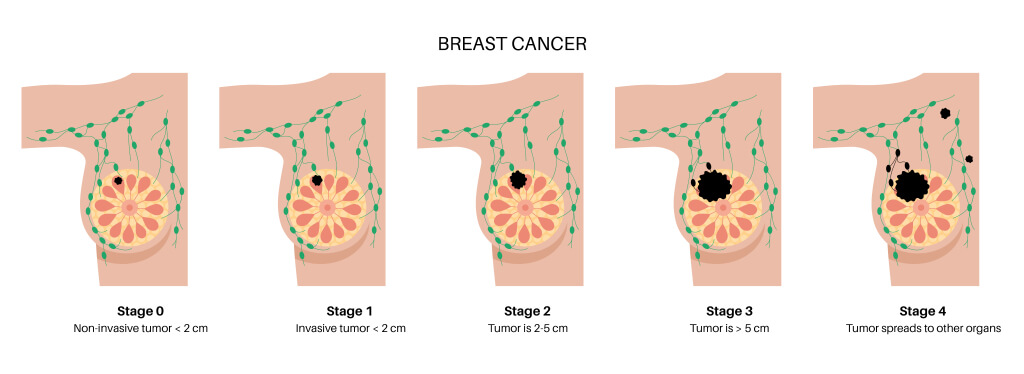
The breast cancer lump shape can be different in each case. However, most lumps are firm and can be round, but not symmetrical. When looking at how big are breast cancer lumps compared to other lumps, they vary but can grow to be the size of a golf ball or be as small as a pea. Over time, tumors the size of a pea can grow to be larger.
What does a Breast Cancer Lump Feel Like?
For most patients, a breast cancer lump feels like a rock because it is hard and round. and is not smooth like a cyst. In some cases, they are tender or soft. Surrounding the lump, the shape and size of the breast may change over time. The skin near the lump is often red in color and can be dimpled.
Understanding the nuances of detecting a breast cancer lump is critical in the early identification and treatment of breast cancer. The types of breast lumps vary, with some being benign, such as cysts, and others malignant. Knowledge of these differences is essential during self-examination, a practice recommended for early detection. During a self-exam, individuals are encouraged to feel for any unusual lumps or changes in their breast tissue. A breast cancer lump is typically hard and immovable, akin to a rock, distinct from the smooth, often movable texture of benign lumps like cysts.
Mammogram screenings play a pivotal role in breast cancer detection, capable of identifying tumors that might not be palpable during a self-exam. These screenings are especially useful for finding symptoms of early-stage breast cancer before they are felt.
Breast cancer lumps can sometimes be accompanied by pain, although many are painless. The presence of pain does not necessarily indicate cancer, as many benign conditions also cause breast discomfort. However, any new, persistent pain should be evaluated by a healthcare provider.
Where are Breast Cancer Lumps Usually Found?
The most common area for breast cancer is the upper, outer section of the breast. Breast cancer can develop anywhere throughout the tissue of the breast. Although less common, the breast cancer location can be in the tail of the breast which is near the armpit. The cancer can be right underneath the skin, or deeper in the breast’s tissue. In men, the most common site of breast tumors is behind the nipple.
Do Breast Cancer Lumps Hurt?
Breast cancer lumps are mostly painless and are usually discovered by feeling the lump or seeing it when getting dressed. Painful lumps in the breast are usually from causes that are benign. However, in some cases cancerous lumps can cause some pain or irritation.
Understanding the characteristics of a breast cancer lump is crucial in the early detection and treatment of breast cancer. While many associate the presence of a lump with cancer, it’s important to note that not all lumps are malignant. A sudden painful lump in breast tissue, for instance, often leads to immediate concern. However, pain associated with a breast lump does not necessarily indicate cancer; in fact, benign conditions like cysts or fibroadenomas are more commonly associated with discomfort.
Recognizing the early warning signs of breast cancer, beyond just the presence of a lump, can significantly impact a woman’s options for treatment and her overall prognosis. Signs can include changes in the size or shape of the breast, skin dimpling, nipple inversion, or discharge that is not breast milk.
There are various types of breast cancer, each with its own set of characteristics and treatment protocols. For example, invasive ductal carcinoma and invasive lobular carcinoma are two common types that differ based on where in the breast they begin. Understanding these types is essential for determining the most effective treatment plan.
Self-examination of the breasts plays a pivotal role in early detection strategies. Women are encouraged to regularly perform self-exams to become familiar with their breasts’ usual appearance and feel. This practice can help identify any new or unusual changes that should be reported to a healthcare provider.
Other Symptoms of Breast Cancer Other Than Lumps
The most common sign of breast cancer is a lump, however not all patients experience the same signs and symptoms. Some women may question “can you have breast cancer without a lump?”, and some patients do not have any. Some of the other breast cancer symptoms that are not lumps can include:
- Pain in the nipple and breast,
- Skin of the breast is dry, flaking, and red,
- Swelling of the breast,
- Discharge from the nipple,
- Nipple turning inward (retraction),
- Dimpling of the nipple’s skin, which may appear like an orange peal.
In addition to the varied symptoms of breast cancer that do not manifest as lumps, a Sudden painful lump in breast tissue can be particularly alarming for many individuals. This symptom, while often associated with benign conditions, should not be disregarded, as it can sometimes signify an underlying issue. Awareness of the early warning signs of breast cancer is essential for prompt medical evaluation and intervention. The presence of pain, coupled with other symptoms such as nipple discharge, changes in the texture or appearance of the breast skin, or any unusual swelling, underscores the importance of seeking a professional assessment. Early detection and understanding the full spectrum of potential symptoms can significantly improve the outcomes of breast cancer treatment.
Breast Cancer Clinical Trials
In the context of breast cancer detection and treatment, various imaging techniques play a pivotal role in diagnosing and monitoring the disease. Ultrasound is a non-invasive method commonly used to further evaluate a lump in breast detected by physical examination or mammography. It helps distinguish between solid masses and fluid-filled cysts. Mammogram screenings are essential for early breast cancer detection, capable of identifying breast cancer lumps before they become palpable. MRI (Magnetic Resonance Imaging) offers a more detailed view, particularly useful for assessing the extent of cancer within the breast or checking for additional tumors.
Many patients enroll in breast cancer clinical trials to access new studies that are seeking approval from the FDA. There are more than 30,000 clinical trials for cancer across the United States for patients of all stages and subtypes. The goal of these trials is to increase the quality of life of patients with breast cancer and to find the best possible treatment method during and after initial treatment. Clinical trial drugs often target the genetic makeup of the tumor, which can lead to fewer side effects and improved responses to therapies.





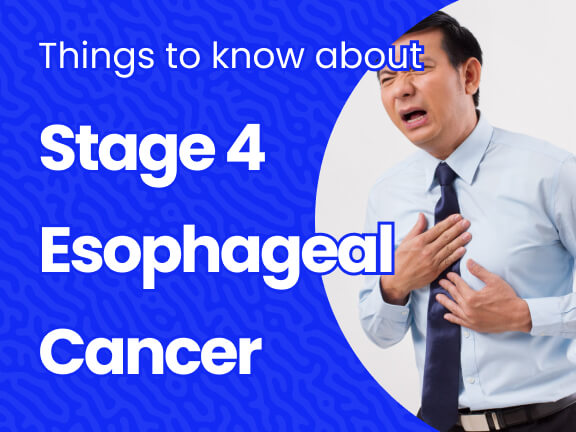
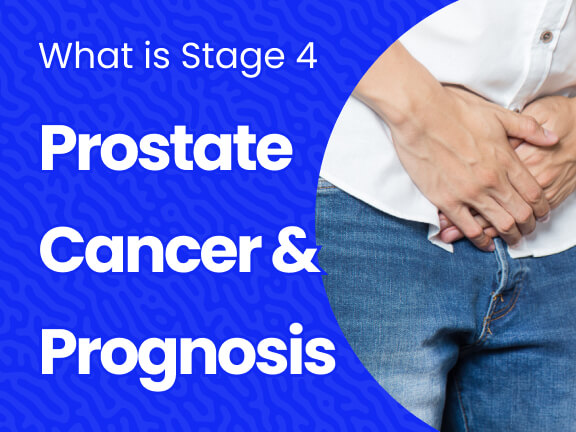
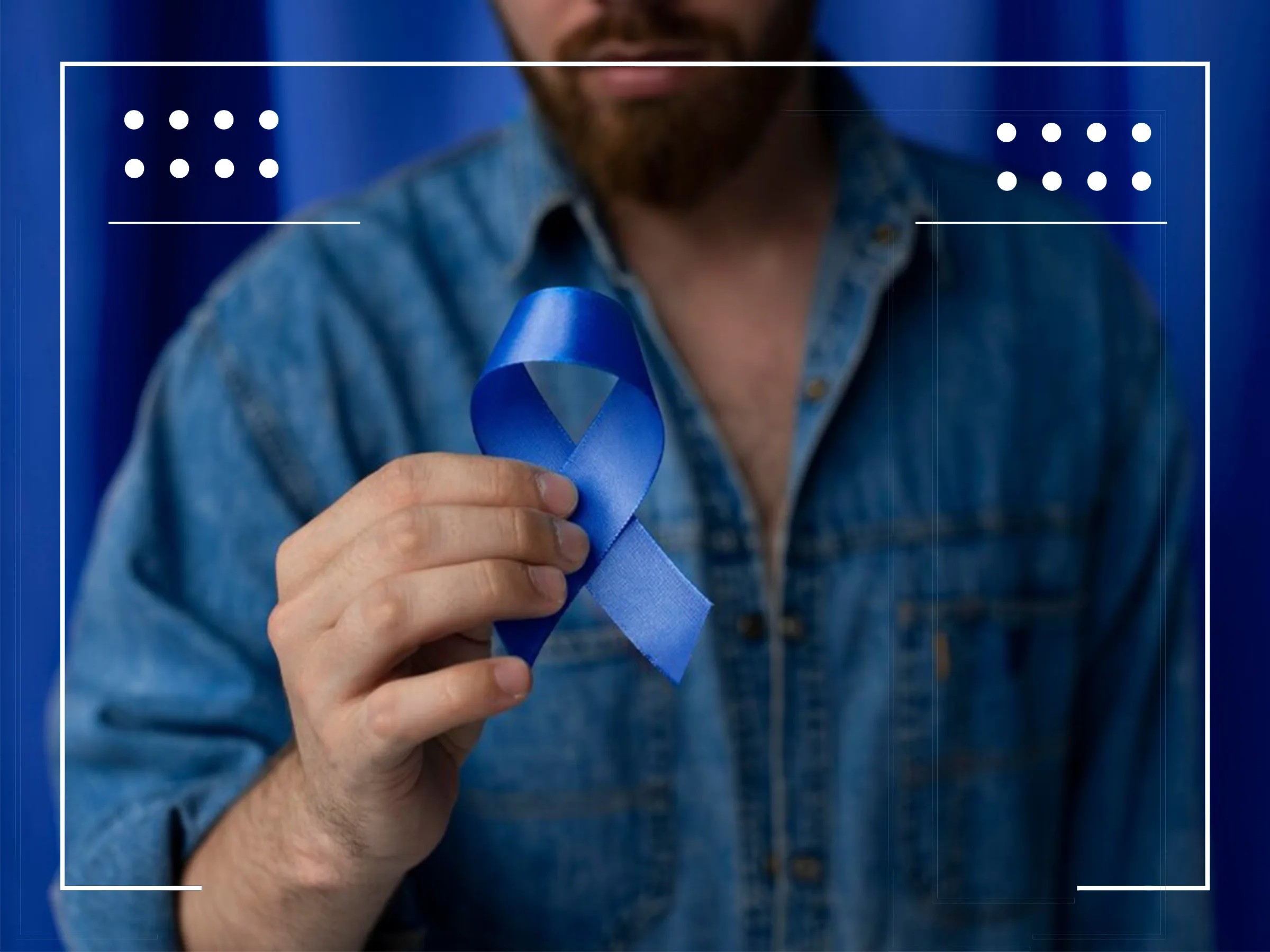

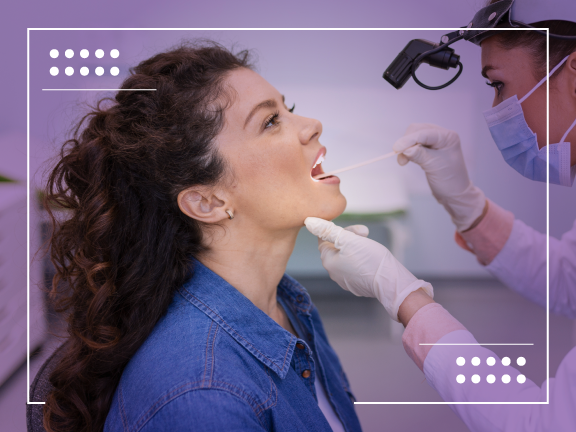
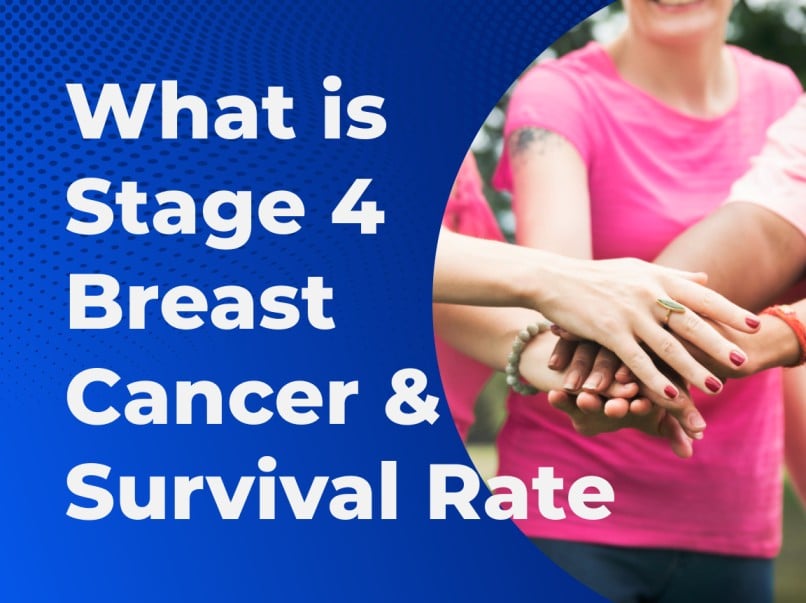
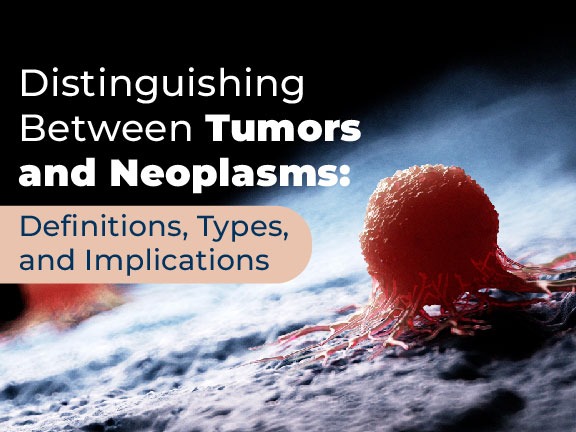
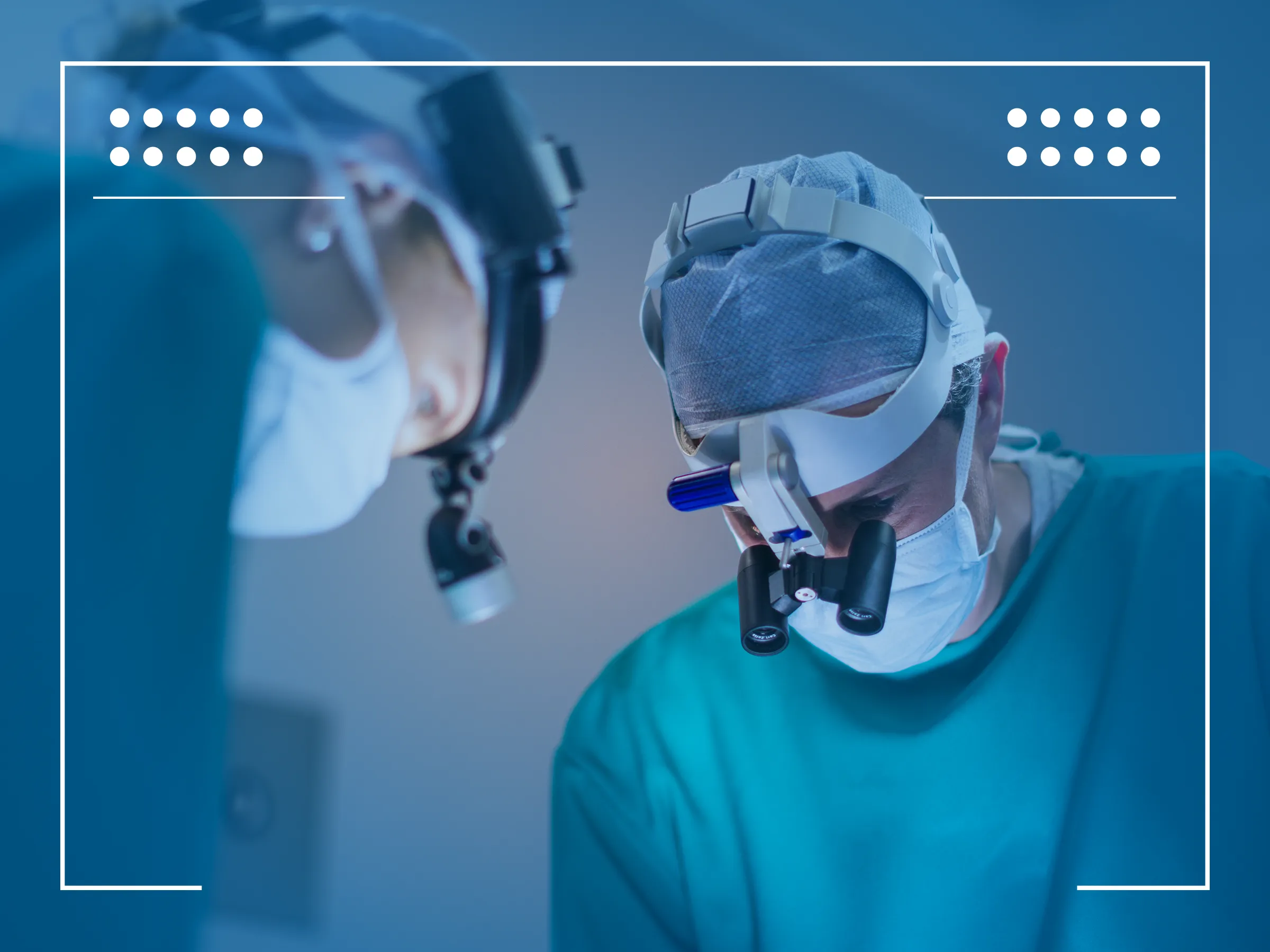
6 Comments
My name is Michelle Riviere I am 39 and I don’t have a primary doctor so getting a mammogram has been impossible. Even though I will be 40 Feb 19th I don’t have insurance but I’ve discovered a large (golf ball size) lump on my left breast. It is not painful but I feel discomfort and it is a size bigger then my other breast. I have had some sort of discharge out of it and I don’t know what to do. Nobody will tell me where I can go and I’m affraid to wait a month until I’m 40 to get a mammogram. I don’t know if you can point me in the right direction please.
We are very sorry to hear of the difficulties you are experiencing. We agree that a biopsy is much needed at this time. Please contact us at support@massivebio.com or 844-627-7246 and we will help guide you in the right direction.
I am 60 years old, I did a mamo which didn’t see anything wrong with my breast but said there’s is something they wrote that breast show scattered fibrograndular parenchyma ACR 2. Does this have anything to do with cancer
Fibrograndular parenchyma refers to the density and composition of your breast tissue. Does not mean cancer.
I am 41 yrs old and I do mamogram they found out that I have a cyst on my right side of my breast and the impression is benign but, I am worrying now because after I bath today I found out that there was watery came out into tiny like a pimple around my breast. Please help I need advice. Thank you..
Thanks for your message, we are sorry to hear about your diagnosis. We would be happy to help. You can learn more about available cancer treatment options and clinical trials here: https://hubs.ly/Q01yygDr0.
You can also contact one of our Patient Relations Coordinators via phone or email at 844-627-7246 & support@massivebio.com.